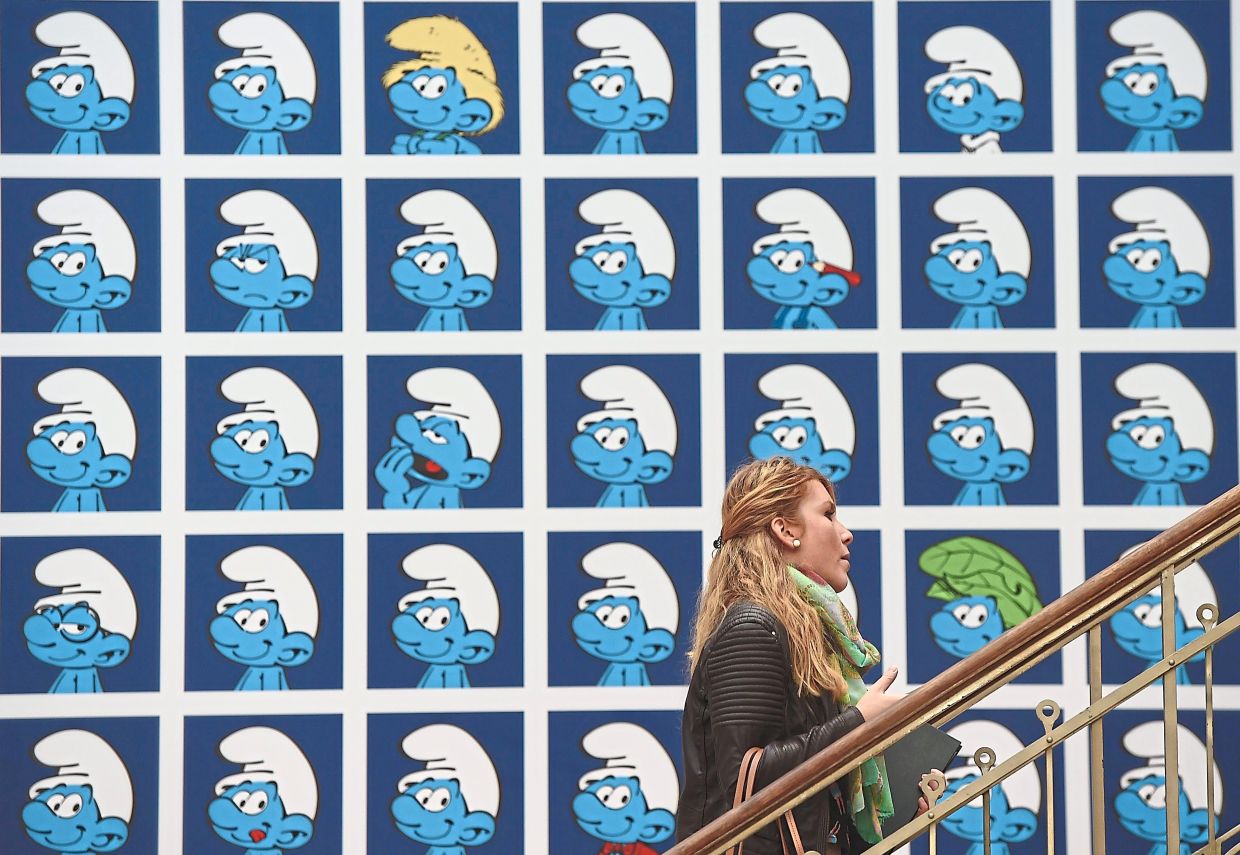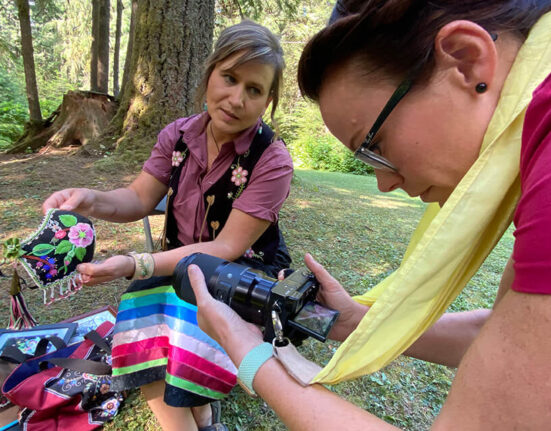Home to animated heroes from Tintin to the Smurfs, Brussels, Belgium is proud to display its cartoon heritage in mammoth murals that tower over the city’s stately streets. But all is not well in the self-declared capital of comics.
In an industry where animators routinely depict epic battles between superheroes and arch-villains, European cartoon artists are now in a real-life fight of their own, fending off a new, faceless adversary: artificial intelligence (AI).
AI-generated art currently operates in a legal grey area, ensuring novel intellectual property disputes in what is a fast-growing and ever-changing field.
Copyright laws in the European Union do not explicitly cover AI-generated art, leaving some artists wondering if AI will help or hinder creativity and throwing up the thorny question of whether low-cost AI tools will eventually replace human artists.
Stealing from artists
While artists spend years honing their skills, generative AI tools, such as MidJourney, use a machine-learning algorithm – trained on artists’ images – to generate pictures in minutes.
This has triggered a “complete rejection” of AI in the European comic-book industry, according to Gauthier van Meerbeeck, editorial director at Le Lombard.
His firm is publisher of the legendary adventures of Tintin, an intrepid boy-reporter who is now almost a century old.
Created by Herge, Tintin became known for his blond quiff, baggy plus fours and trusty sidekick, Snowy the dog, and is considered an icon in what is now a global industry.
“This art is generated by stealing from artists. So morally I could never get involved in that,” said van Meerbeeck.
AI in the dock
Across the Atlantic, Disney sparked controversy in June 2023 by using AI-generated images in Marvel’s Secret Invasion, and the boom in generative AI has spawned a flurry of lawsuits in the United States.
Prominent tech companies from Microsoft-backed OpenAI to Meta Platforms, have been hit with copyright cases by artists who say AI profited from their work without permission or compensation.
European comic book publishing houses are gearing up for litigation when new EU rules under the AI act kick in mid-2025, forcing tech firms to be transparent about training inputs and opening them up to potential copyright lawsuits.
“It’s huge for publishers,” Quentin Deschandelliers, legal advisor at the Federation of European Publishers, told the Thomson Reuters Foundation, explaining that if you want to litigate you need to “know what is under the hood”.
He said the incoming law may push tech firms towards licensing agreements to compensate artists if their work is used to train a generative AI model.
Amid growing scrutiny over copyright, several big tech companies that trained their AI using others’ output have already signed content-licensing deals with media outlets, such as OpenAI with the Financial Times and Google with NewsCorp.
However, some publishers and authors are afraid of “giving away the keys to the kingdom”, explained Deschandelliers, over fears of AI-generated works flooding the markets.
No soul in art by algorithm
Courtroom battles aside, artists are also wondering whether to harness or reject the new tools.
Belgian comic book artist Marnix Verduyn, who goes by the pseudonym NIX, describes himself as a computer engineer who “accidentally became a comic book artist”.
He chose to train a generative algorithm on his own comics, joking that he had a fantasy of replacing himself to spend more time at the beach.
But his fellow comic artists didn’t find it so funny, especially when the generative AI model Dall-E came out in 2021; it was a watershed moment.
“It was a shock how powerful it was,” he said. “That’s when I thought there’s a lot of people who are not going to have jobs in the future.”
In Europe, the cultural sector employed 7.7 million people in 2022, while its net turnover was about €448bil (RM2.273 trillion) in 2021, according to European Commission business statistics.
NIX believes his use of AI – taking on low-skilled, repetitive tasks – is “gently disruptive” and necessary to keep up with competition from Japanese and US comic-book giants.
But recent art graduates are worked up over entry-level jobs they might once have filled now being filled by machines.
“It’s cheap, fast, no humans needed, and it kills any kind of artistic endeavour in the industry,” said Sarah Vanderhaegen in an interview.
The 24-year-old Belgian artist described how a brush with AI during an internship had left her crushed, forcing her to reconsider options – and pivoting her to an archeology degree.
Now working on a comic book in her spare time, she sees AI as a bogus short-cut powered by an algorithm that can never hope to match an artist’s ability to translate emotions onto a page.
A point where artists and publishers agree.
“AI-generated images, I can spot them straight away,” noted van Meerbeeck, who thinks comics are safe for now, as storyline, text and images remain too complex for the current crop of generative AI to create.
For NIX the human remains the boss, AI – a mere tool.
“It’s just a cocktail of ideas stolen from somebody. I see the mathematics (of AI), so there’s no soul in the mathematics.” – Thomson Reuters Foundation








